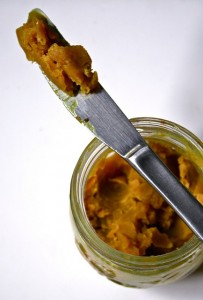 Last year I saw that Pure Indian Foods, makers of a wonderful grass-fed, organic ghee, make a variety of herbal and spice infused ghees. I was in Portland at a food co-op, and wanted to buy one of each variety. Knowing I had limited suitcase space, I didn’t purchase any of them, and decided I needed to try making my own. Well, one thing led to another, life happened, yadda yadda yadda, and I just never got around to making a batch. But those ghees have been dancing around in the back of my mind like little sugarplums dancing around on the night before Christmas.
Last year I saw that Pure Indian Foods, makers of a wonderful grass-fed, organic ghee, make a variety of herbal and spice infused ghees. I was in Portland at a food co-op, and wanted to buy one of each variety. Knowing I had limited suitcase space, I didn’t purchase any of them, and decided I needed to try making my own. Well, one thing led to another, life happened, yadda yadda yadda, and I just never got around to making a batch. But those ghees have been dancing around in the back of my mind like little sugarplums dancing around on the night before Christmas.
Minneapolis has a thriving East African immigrant population, and is dotted with many Ethiopian and Somalian restaurants, markets, and cafes. I had the chance to eat at many of these restaurants before cutting out all sorts of stuff from my diet, and those memories are close to my heart. Much of East African food consists of lentils, beans, or meat stewed in vegetable or tomato sauces, flavored with lots of ghee, spices, and garlic and onions. Everything is served over large rounds of injera, spongy fermented flatbread made primarily of teff flour. You eat with your hands, scooping everything up with additional pieces of injera, and licking off your fingers as you eat your way through piles of warm, saucy curries. Finally, you devour that last piece of soggy injera that was sitting under everything, full of rich, amazing flavor. Truly, if you ever have the chance, you must eat East African food. Or at the very least, go get yourself some berbere seasoning mix and look up some recipes online.
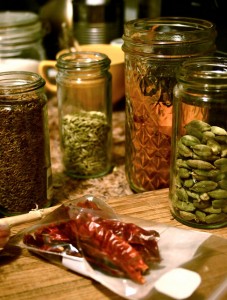 Desiring that kind of flavor experience, I knew I had to make my own version of Niter Kibbeh. I combined this recipe with the ingredients listing in Pure’s version, and made a few adjustments of my own. The results were nothing short of breathtaking. Aromatic and deep golden brown, this ghee is has a warm and complex flavor. It starts nutty and sweet, with strong notes of cardamom and fennel, then the smokiness of the cumin comes through, and it finishes with a subtle acrid heat from turmeric and the chili. It is good. Like, makes your brain explode good. Smear it off the plate good. Eat a little bit by itself from the jar good. Better than sex if you aren’t currently having it good.
Desiring that kind of flavor experience, I knew I had to make my own version of Niter Kibbeh. I combined this recipe with the ingredients listing in Pure’s version, and made a few adjustments of my own. The results were nothing short of breathtaking. Aromatic and deep golden brown, this ghee is has a warm and complex flavor. It starts nutty and sweet, with strong notes of cardamom and fennel, then the smokiness of the cumin comes through, and it finishes with a subtle acrid heat from turmeric and the chili. It is good. Like, makes your brain explode good. Smear it off the plate good. Eat a little bit by itself from the jar good. Better than sex if you aren’t currently having it good.
Wow. I’m getting all hot just thinking about it. The summer heat and all this warming food is stimulating my hormones, I think. Hell, something has to, Lyme has taken my hormones for a dreadful ride the last couple of years. ;)
So, how to use this ghee, you ask? Ghee is perfectly suited to be used in place of oil or butter in any recipe. Use it to saute vegetables or meats, rub all over a chicken before roasting it, add to a pot of beans or lentils, or season rice, quinoa, or millet. This is killer over sweet potatoes, would be darn good on carrots or kabocha squash, and would liven up any other vegetables or a slice of gluten-free toast. It added a wonderful yet subtle depth of flavor to a humble dish of sauted onions, collards, and zucchini, and spoonful over a warm slice of duck egg and spinach frittata made my knees go weak. If you want to make what I believe would be the most kick ass honey butter in the world, stir together equal parts of this ghee and some raw honey. No matter what you add it to, it gives a hint of that distinctive and rich Ethiopian flavor.
For a really in-depth tutorial on making ghee, check out my How to Make Ghee post, which includes step-by-step photos and full instructions. If you’ve never made ghee before, I’d recommend reading that post first for some pointers. You can follow the same technique to make this ghee – just add the spices per the instructions below.
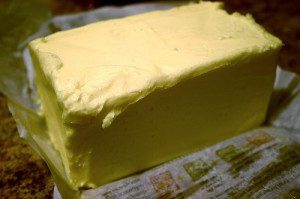 Making Spicy Niter Kibbeh
Making Spicy Niter Kibbeh
This process is really simple. It requires about 30-45 minutes of cooking time, but that may vary depending on the type of pot you use, how chilled your butter is, or the heat of your flame. Basically, the key is keeping the heat low and using dry pots and utensils. Be patient, cook it slowly, and watch it closely. Don’t be intimidated if you screw up and burn it – I have burned more than one batch of ghee in my day. Just try it again and watch it more closely next time! Use ghee in place of butter or oil in any recipes.
ingredients
1/2 pound unsalted organic butter
3 Tbsp finely chopped onion
2 tsp garlic, finely chopped
1 tsp ground turmeric
8 cardamom pods, crushed
1 tsp fennel seeds
1 tsp cumin seeds
pinch nutmeg
1 dried Indian red chili or other red chili, thinly sliced
kitchen tools
saucepan
metal fine sieve
unbleached coffee filter or cheesecloth
heat-proof bowl
1 pint glass jar
directions
1. Cut up ghee in small chunks and place in a dry saucepan. Turn heat over medium and let butter melt. Slowly melt butter in saucepan over medium heat, then bring to a boil. Reduce heat to low. Make sure you reduce heat otherwise you risk burning your ghee.
2. When surface comes to a slight foam, add other ingredients and continue to simmer, uncovered. Slowly let ghee cook undisturbed – do not cover or stir – and you will notice it going through a series of changes.
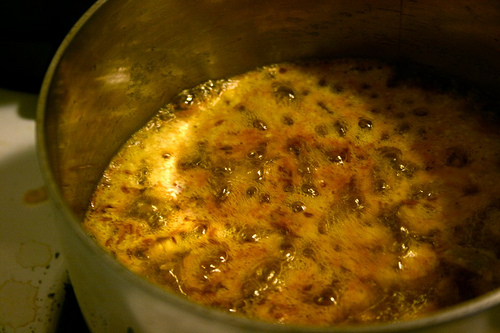
3. Eventually, you will notice a second, larger layer of foamy dairy solids. The foam will reduce, and will reveal the ghee below. This is a good sign. Let it keep cooking until the foamy layer has reduced. You will notice the ghee underneath is golden, and there should be a layer of thick, darn dairy solids on the bottom of the pot. Your ghee is now done. Let ghee cool 10-15 minutes.
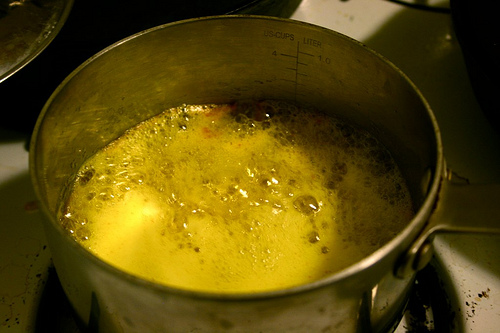
4. Carefully pour ghee through a fine metal sieve to strain out large chunks of spices and onion, collecting ghee in a bowl or large measuring cup. Make sure not to disturb the settled dairy solids in the bottom of the pan – they should stay there fairly well, but just be careful when you pour. Then line sieve with a coffee filter or a double layer of cheesecloth, and place sieve on top of a bowl. Pour ghee through lined sieve to strain a second time, which will remove any small chunks of dairy solids. You will be left with golden, rich brown colored ghee that is free of chunks.
5. Pour filtered ghee into the jar and let cool completely before screwing on the lid. I usually lay a cloth over the top of the jar to keep out dust and any curious little bugs while it cools. Because the dairy solids are gone and it is pure fat, ghee can be kept at room temperature without spoiling, however, I often keep mine in the fridge. Ghee will solidify in cool temperatures; melted ghee is a dark golden color, while solid ghee is a lighter yellow. Whether in the fridge or at room temperature, make sure to keep well sealed, make sure that all moisture stays out of jar, and use clean, dry utensils to scoop it out in order to ensure freshness.
Want step-by-step photos showing how to make regular, unspiced ghee? Check out my How to Make Ghee post.
makes about 7 ounces
recipe courtesy affairsofliving.com






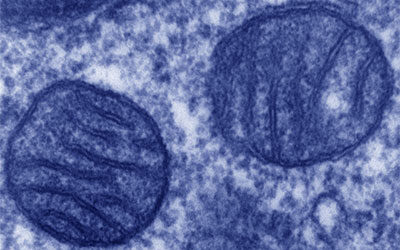
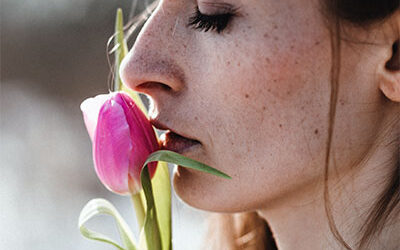

0 Comments